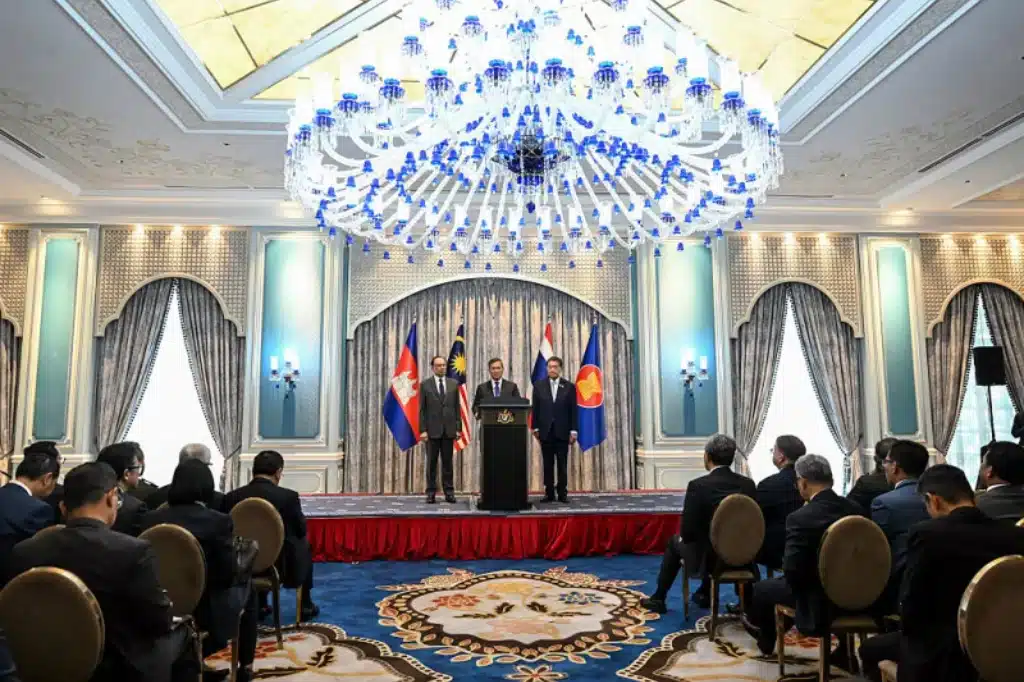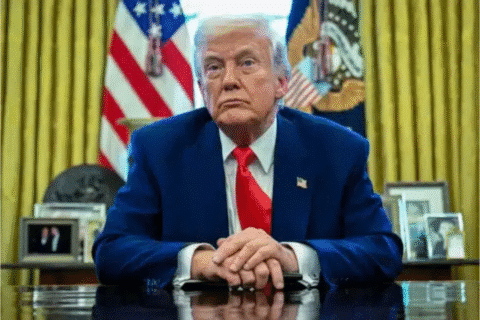After five days of deadly clashes on their shared border, Thailand and Cambodia have agreed to a mutual ceasefire, brokered during emergency talks in Malaysia. The truce is scheduled to take effect at midnight local time, aiming to end a conflict that has already resulted in at least 35 deaths and the displacement of thousands of civilians.
The agreement follows rising international pressure, particularly from the United States, China, and the Association of Southeast Asian Nations (ASEAN), amid fears that the conflict could destabilize an already tense Southeast Asian region.
What Sparked the Latest Border Conflict?
The root of the clash lies in a long-standing territorial dispute between the two nations over the Preah Vihear Temple, a centuries-old Hindu site recognized by UNESCO and claimed by both countries.
- Historical Context: In 1962, the International Court of Justice (ICJ) ruled that the Preah Vihear temple belonged to Cambodia. However, Thailand has continually contested this ruling, leading to frequent flare-ups.
- Recent Trigger: Last week, a landmine explosion near the contested border killed five Thai soldiers, prompting immediate retaliation. Cambodia accused Thailand of airstrikes, while Thailand blamed Cambodia for rocket fire.
- Tensions Rise: This incident followed the May killing of a Cambodian soldier, which triggered diplomatic fallout. A leaked call between Thailand’s Prime Minister Paetongtarn Shinawatra and Cambodian figure Hun Sen—where Shinawatra appeared to defer to him—sparked political outrage in Bangkok. Shinawatra is now suspended while a court investigates her actions.
What Was Agreed in Malaysia?
During emergency talks in Kuala Lumpur, brokered by Malaysian Prime Minister Anwar Ibrahim, the two countries agreed to:
- A mutual ceasefire, starting at midnight
- A follow-up meeting between military commanders on Tuesday
- Commitments to de-escalate tensions and explore long-term diplomatic solutions
The deal was praised as a “vital first step” by Anwar, while Cambodian PM Hun Manet and Thailand’s acting PM Phumtham Wechayachai both thanked President Trump, China, and ASEAN for their roles in facilitating the truce.
Over the weekend, President Trump personally called both leaders, warning of tariff hikes if the violence continued. Secretary of State Marco Rubio also urged swift de-escalation.
Why This Conflict Matters Globally
This conflict isn’t just a local dispute — it’s a geopolitical test in a region caught between two superpowers:
U.S. Interests:
- Long-time military partner with Thailand
- Engaged in joint training exercises and regional defense cooperation
- Using diplomatic pressure to maintain stability and influence in Southeast Asia
China’s Role:
- Major investor in Cambodia’s infrastructure and defense
- Funded the Ream Naval Base, raising concerns of a Chinese military footprint
- Maintains growing trade and military ties with both nations
Experts believe the ceasefire will test how much leverage the U.S. or China can truly exert in resolving regional conflicts.
What’s Next for Cambodia and Thailand?
Though the ceasefire is welcome news, experts warn it’s a fragile truce. Trust between the two governments remains low, and nationalist sentiment continues to fuel public anger on both sides.
Next steps:
- Military leaders from both countries will meet to establish a joint monitoring framework
- ASEAN may deploy ceasefire observers
- Investigations into the causes of the recent clashes and accountability may follow
- Ongoing legal inquiry into Thai PM Shinawatra’s conduct could shift domestic politics
These New Pick NYTimes has more details. Visit now.





